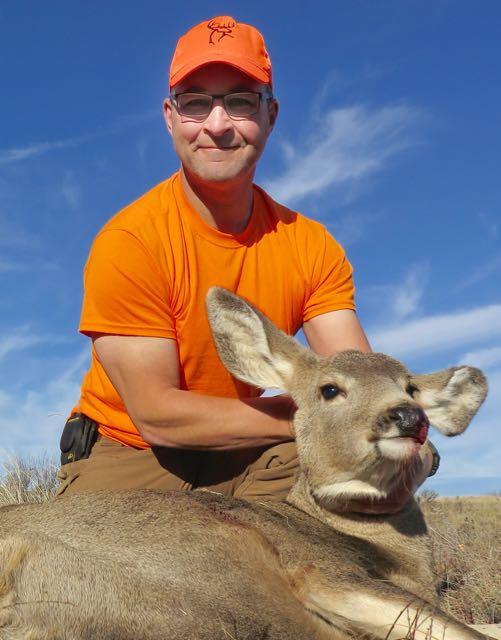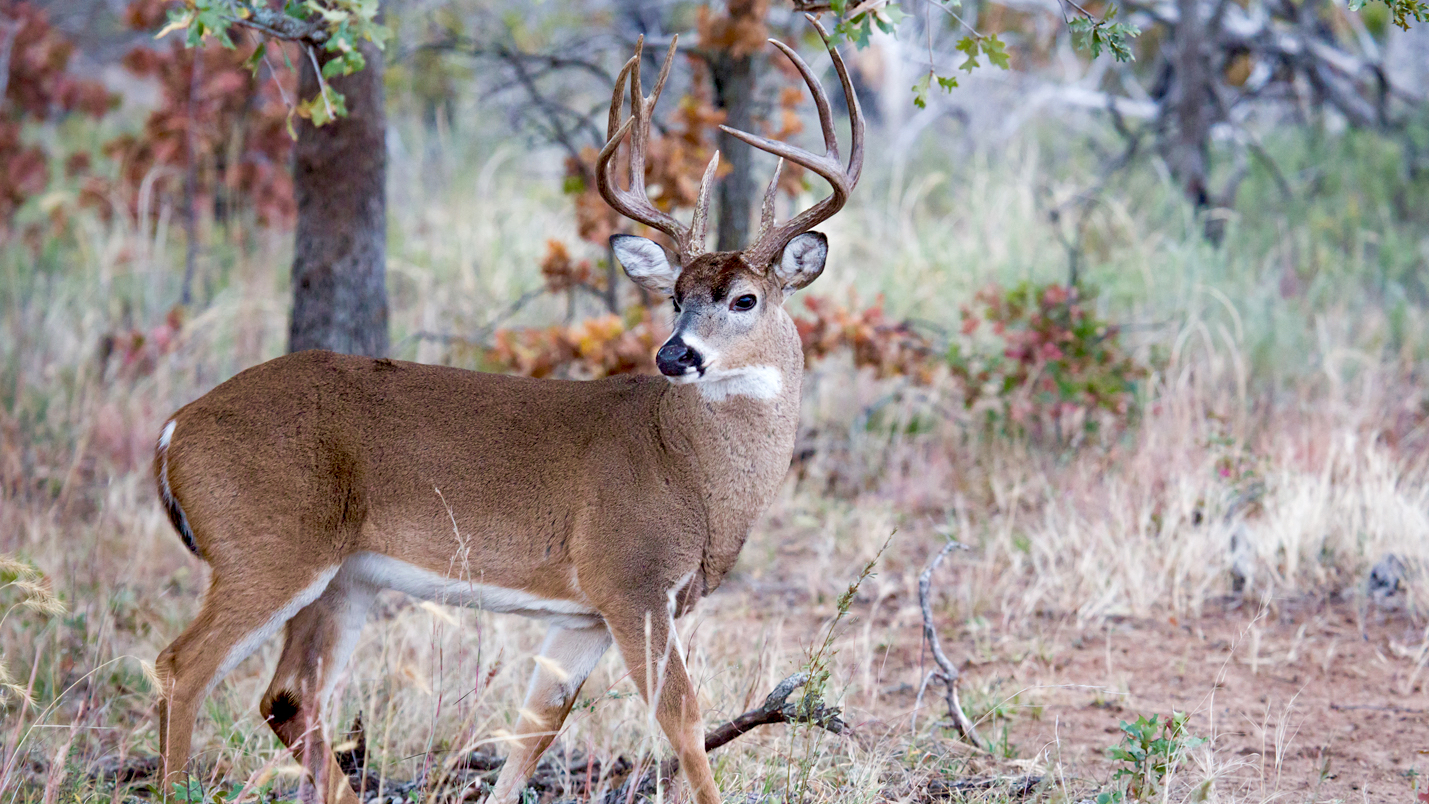Venison medicine
Are you losing too much venison? Here’s how to balance a quick kill with less wasted meat
Advertisement

#2 Impact Velocity
As a rule, the slower the bullet, the less meat it damages. Take, for example, a traditional muzzleloader. Using black powder, a soft lead ball travelling at 1,200 feet per second (fps) punches a hole in a deer’s body with minimal meat loss. As legendary firearms writer and innovator Elmer Keith once remarked, “You could eat right up to the hole.” Indeed, muzzleloader and shotgun hunters using standard-velocity loads will enjoy the most meat from their deer.
At the other end of the spectrum are today’s ultra-fast magnum cartridges, some of which have muzzle velocities of more than 3,200 fps. At 400 yards out, these bullets are still flying faster than a .308 Win. bullet does when it leaves the muzzle. High velocities flatten a bullet’s path, which benefits longer-range shots. But at close distances, they turn meat to mush. Even cartridges with a muzzle velocity less than 3,000 fps can make a mess at close range. More than once I’ve shot a deer at less than 50 metres, and without time to lose velocity in the air, the bullets caused massive damage.
Advertisement

